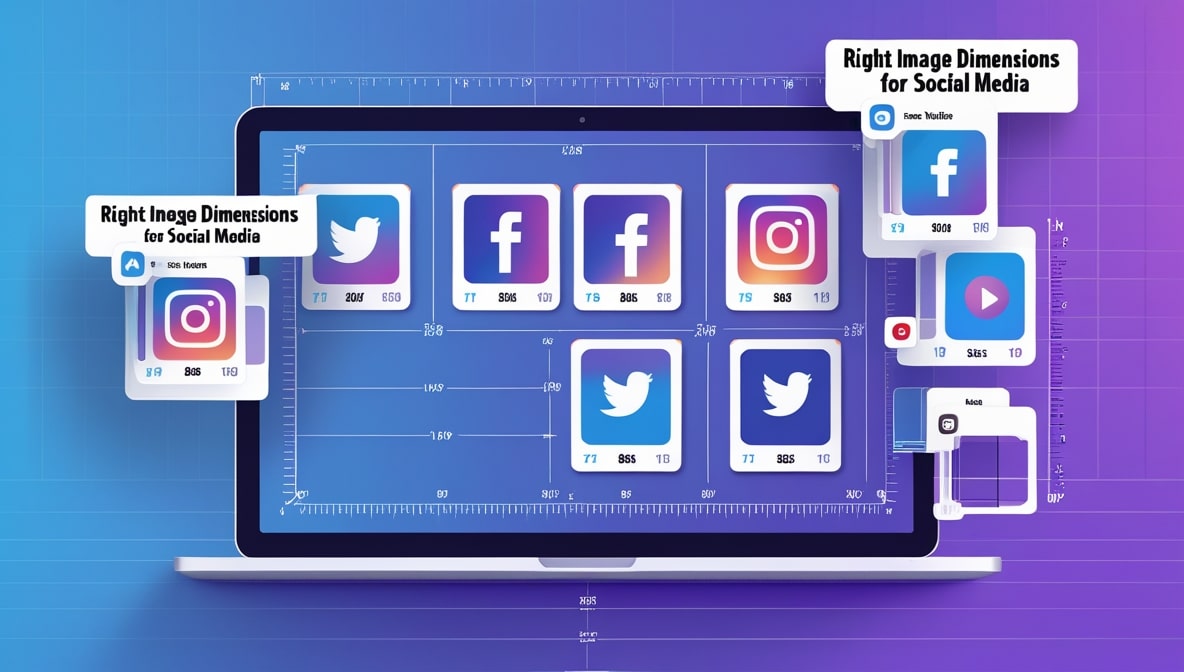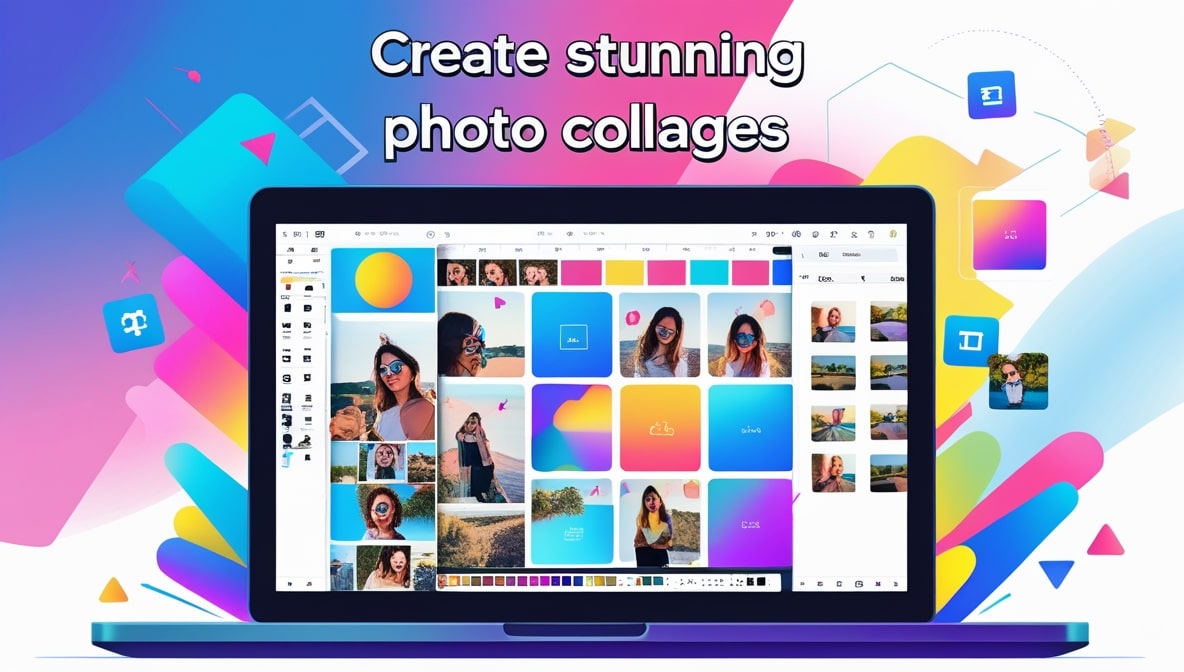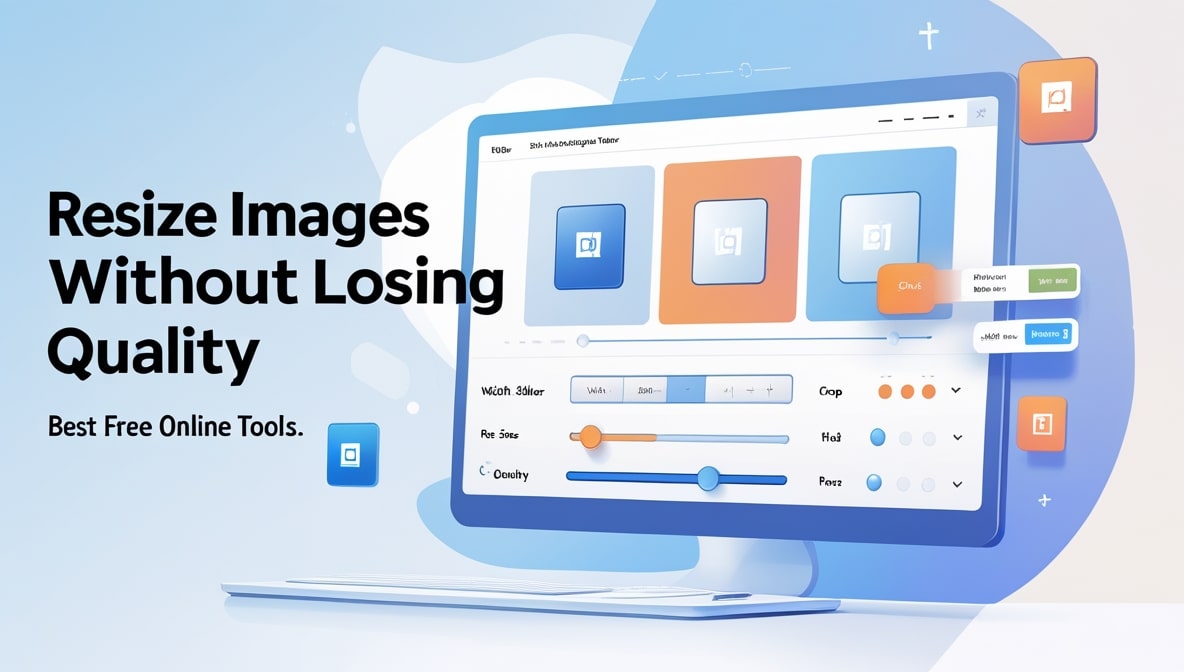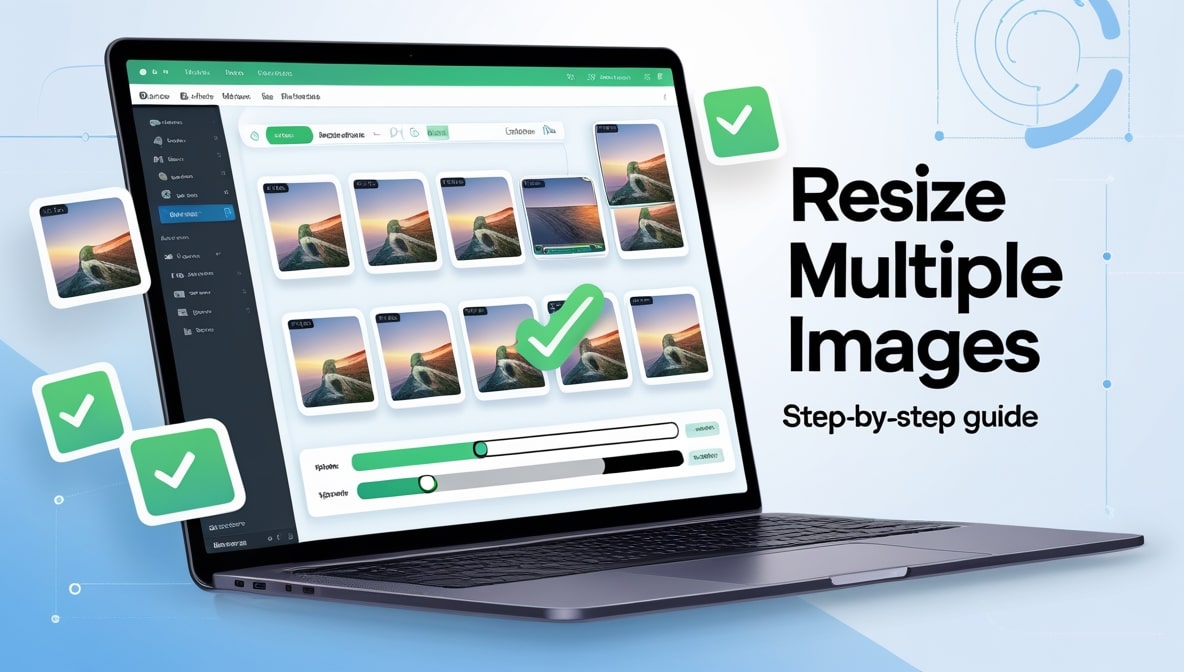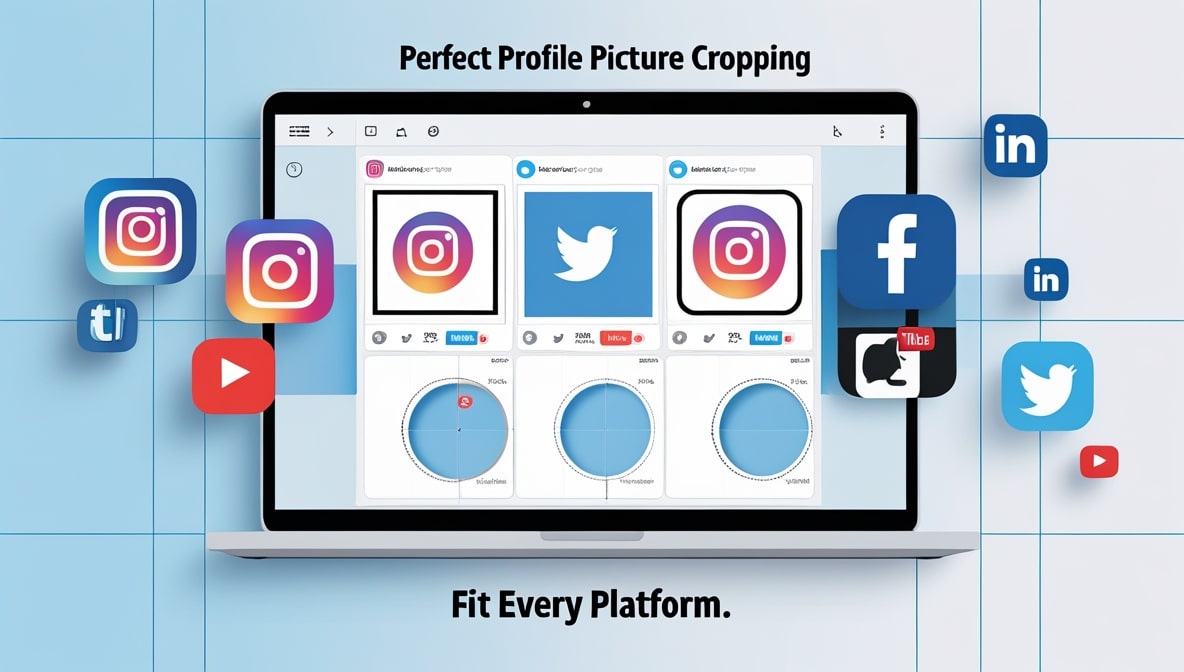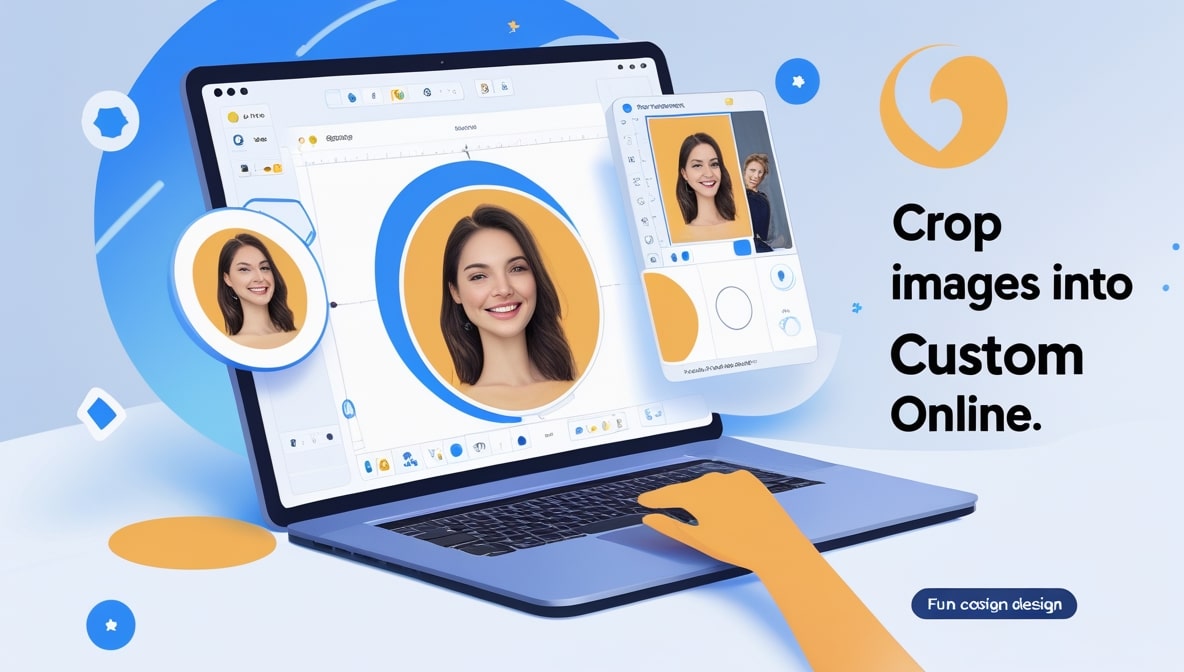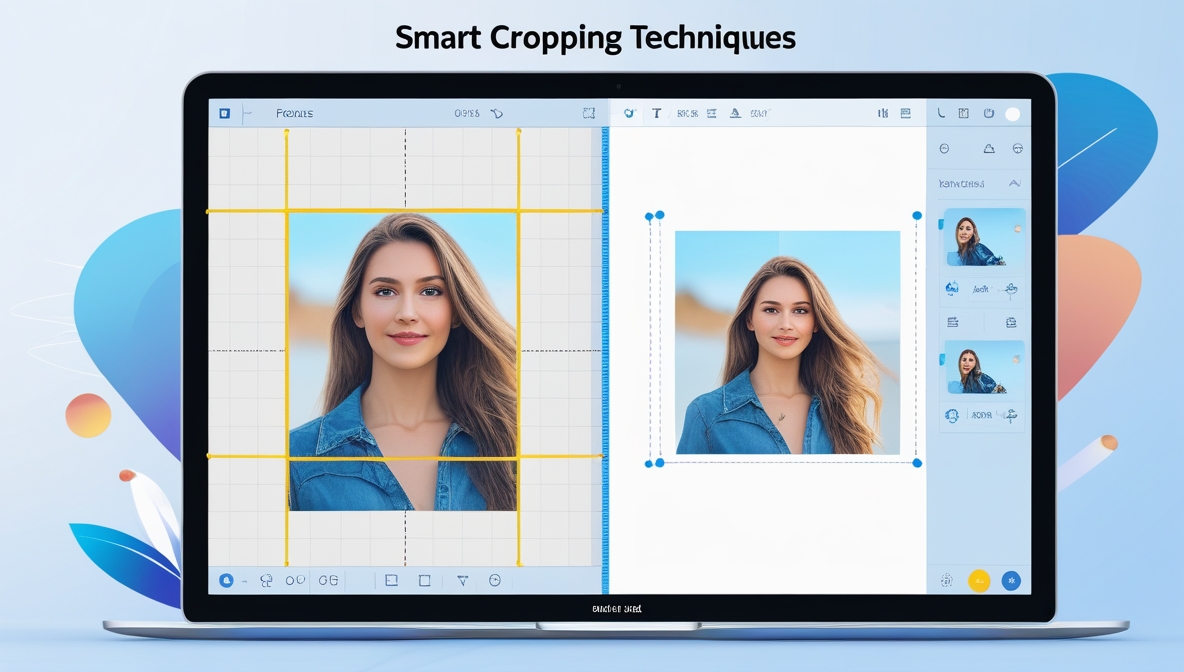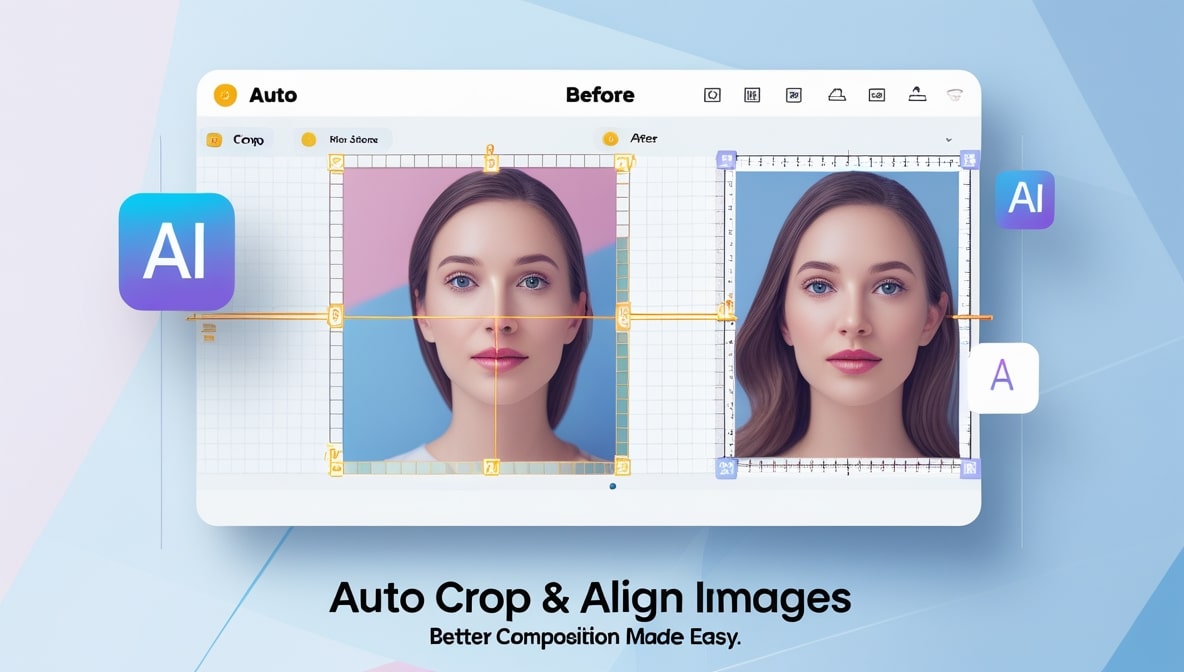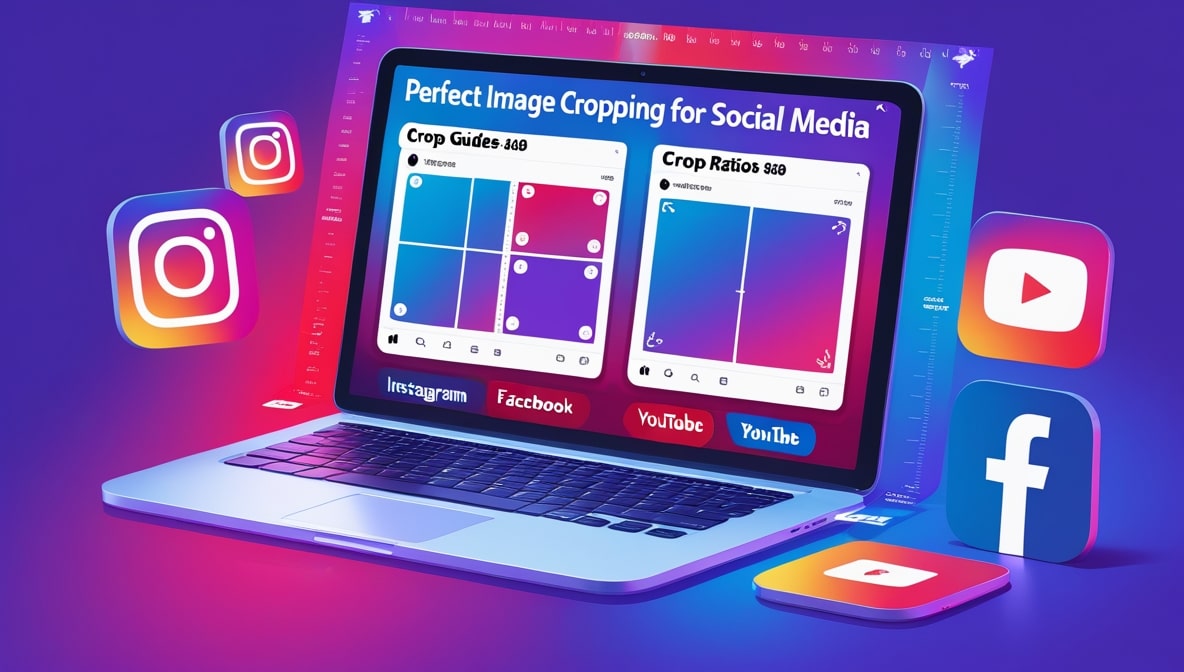The Best Aspect Ratios for Social Media Posts and Ads
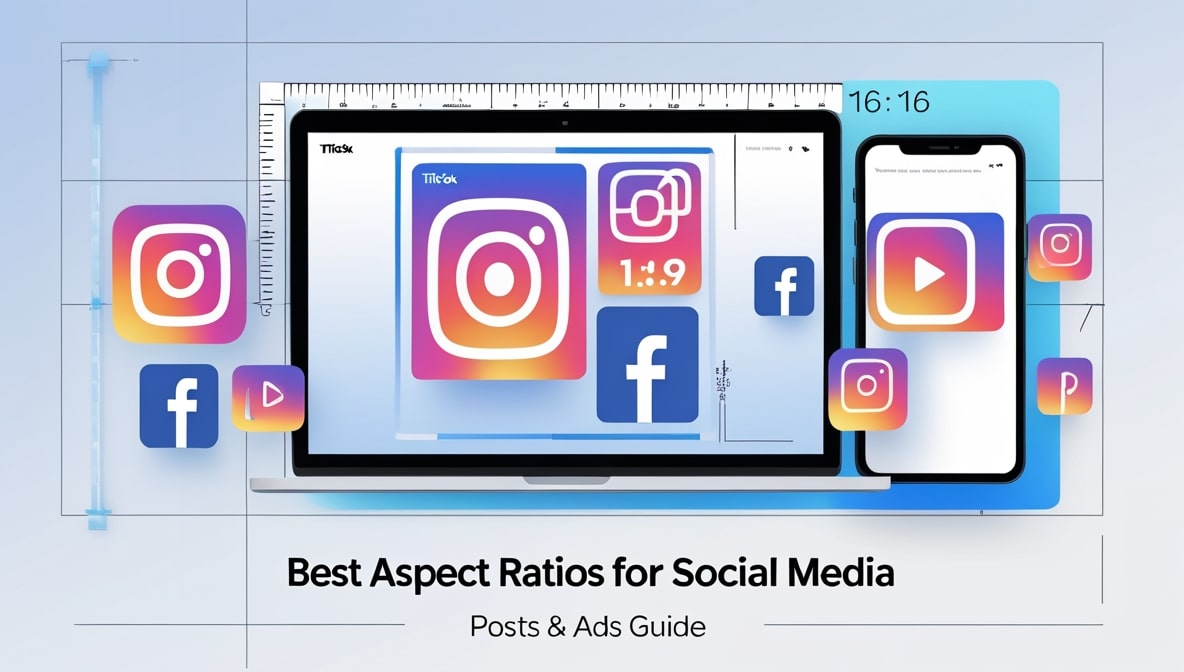
The Best Aspect Ratios for Social Media Posts and Ads
It’s Friday afternoon here in Colombo, and you’ve just taken the perfect photo. It’s a vibrant, chaotic shot of the Pettah Market, or maybe a beautifully plated lamprais from your favourite restaurant. It’s a visual masterpiece, and you’re excited to share it. You open Instagram, select the photo, and then… it happens. The automatic crop chops off the most interesting parts of the scene. You try to adjust it, but you’re forced into a box that just doesn’t do your photo justice. It’s a moment of pure, creative frustration.
Why does this happen? Why do our favourite social media platforms seem to have a personal vendetta against our photos? The truth is, they don't. But they do have their own specific rules, their own digital canvases that they want you to paint on. And the secret to creating posts that look stunning, professional, and get more engagement isn’t about fighting these rules it’s about mastering them.
The key to this mastery is a simple but powerful concept: the aspect ratio. And I promise you, understanding it is the single biggest upgrade you can make to your social media game.
So What on Earth Is an Aspect Ratio, Anyway?
Before we dive into the nitty-gritty of each platform, let’s get this one technical term out of the way. It sounds nerdy, but it’s actually super simple. An aspect ratio is just the relationship between an image’s width and its height. A perfect square has an aspect ratio of 1:1, meaning its width and height are identical. A widescreen TV or a YouTube video has an aspect ratio of 16:9, meaning it's much wider than it is tall.
Why does this matter? Because each social media platform’s feed is designed to favour certain shapes. When you upload an image that doesn't fit the preferred shape, the platform has to automatically crop it for you, and its automatic choices are often… terrible. By knowing the best aspect ratios beforehand, you can take creative control, crop your images with intention, and make sure your content looks exactly the way you want it to.
It's All About the Real Estate
Think about how you use social media. You’re holding your phone vertically, and you’re scrolling with your thumb. The ultimate goal for any content creator is to make someone stop that scroll. And what’s the best way to do that? By taking up as much of their screen as possible. A post that is taller and more vertical dominates the screen, pushing out other distractions and demanding more attention than a small, wide, landscape-oriented post. This concept of maximizing "screen real estate" is the driving force behind which aspect ratios are the most effective.
Instagram: Mastering the Visual-First Kingdom
Let’s start with the king of visual content, Instagram. For years, Instagram was synonymous with one shape: the 1:1 square. It’s the classic, the default, and it’s how your profile grid will always look. Cropping to a square is a safe bet. It’s balanced, it’s clean, and you can’t go wrong with it. But in 2025, just playing it safe isn’t enough.
The real secret weapon for grabbing attention in the Instagram feed is the 4:5 portrait aspect ratio. This is the tallest vertical image that Instagram will allow in the feed without cropping. Go and scroll through your feed right now. You’ll notice that the posts that feel bigger, that fill up your screen and make you pause, are almost always in this 4:5 format. It’s a simple trick with a huge impact. When you're cropping your photos, always try to compose a 4:5 version if you can.
The Full-Screen Immersive Experience: Stories and Reels
Of course, the feed is only half the story on Instagram. For Stories and Reels, you need to think in a completely different dimension. The aspect ratio here is 9:16. This is the full, vertical screen of your phone. It’s an immersive, full-screen experience, and your content should be designed to fill it. Trying to post a square or landscape photo to your Story results in huge, ugly borders at the top and bottom. To look professional, you should always be creating or cropping your content specifically for this tall, 9:16 canvas.
Facebook: The Flexible but Deceptive Giant
Facebook is a little more forgiving than Instagram, but the same core principles apply. In the mobile feed, where most people will see your content, vertical images are king. A 4:5 aspect ratio is once again your best friend for a standard post. It will take up the most screen space on a phone and give you the best chance to stop the scroll. While you can post squares (1:1) and landscape photos, they just won't have the same visual punch.
The real challenge on Facebook is the infamous Cover Photo. This is a super-wide, panoramic shape that can be a nightmare to design for. The key is to choose a wide, landscape-oriented photo and understand that the most important content your face, your product, your logo needs to be located in the horizontal center. The top and bottom will get cut off on different devices, so that middle "safe zone" is your only guarantee.
YouTube: The Undisputed Home of Widescreen
When you think of YouTube, you think of video. And video, for the most part, is widescreen. The one and only aspect ratio that truly matters on YouTube is 16:9. This applies to your actual videos, and just as importantly, to your thumbnails. Your thumbnail is the tiny movie poster for your video, and it has one job: to earn the click. It must be in a 16:9 format.
A great YouTube thumbnail is an art form. It's about cropping your source image (like a still from your video) in a way that creates a compelling composition. Often, the best strategy is to crop your main subject to one side, which leaves a nice open space on the other side for you to add big, bold, easy-to-read text. Never just slap a random photo up as your thumbnail; compose it like a tiny billboard.
Don't Forget the Professional Networks: LinkedIn and X (Twitter)
What about the other platforms? On a professional network like LinkedIn, you want to look sharp and clean. A 1:1 square aspect ratio is a fantastic choice for feed posts. It's balanced, professional, and fits neatly into the feed's design. Taller, 4:5 portrait images can also perform very well here for the same screen real estate reasons we've discussed.
Over on X (formerly Twitter), the feed is optimized for landscape-oriented images. The ideal aspect ratio for a single in-feed image is now 16:9, which displays beautifully without getting cropped. While squares and vertical images can work, the 16:9 format is often your safest and most visually effective bet to ensure your entire image is seen at a glance.
The Overwhelming Problem: One Image, So Many Shapes
Okay, so let’s recap. For one single piece of content, you might need a 4:5 version for your Instagram feed, a 9:16 version for your Story, a 16:9 version for your YouTube thumbnail, and a 1:1 version for LinkedIn. It’s enough to make your head spin. How can you possibly create all these different versions without spending your entire day in a complicated editing program?
This is the exact challenge that modern content creators face, and it’s why having a fast, intuitive tool is no longer a luxury it’s a necessity. You need a way to upload your original, high-resolution image once and then quickly generate all the different crops you need for every platform.
A Smarter Workflow: Crop Once, Use Everywhere
This is precisely the workflow we had in mind when we designed the tool here at multipleimageresizer.com. We wanted to eliminate the frustration. Our tool allows you to upload your master image and then use simple, pre-set aspect ratios to create your perfect crops. You can select the "Instagram Portrait (4:5)" preset, drag the crop box to frame your shot perfectly, and save it. Then, without leaving the page, you can switch to the "YouTube (16:9)" preset, recompose the shot for a widescreen format, and save that version too.
This process transforms a tedious, technical chore into a quick, creative exercise. It puts the power back in your hands, allowing you to be the director of your own content.
What About When You Need Uniformity in Bulk?
Sometimes you have the opposite problem. You’re not trying to create many different crops from one image; you’re trying to create one uniform crop for many images. Imagine you're an e-commerce store owner with 50 new product photos, and you need every single one to be a perfect 1:1 square for your website. Cropping them one by one would be a nightmare.
This is where the "multiple" in our name comes in. A batch cropping feature allows you to upload all 50 photos at once, set your 1:1 aspect ratio just one time, and have the tool automatically apply that crop to every single image. It’s a massive time-saver for anyone who works with a high volume of images.
You Are the Creative Director
At the end of the day, these numbers and ratios aren't just technical limitations; they are creative opportunities. They are the different canvases on which you can tell your story. By understanding the language of aspect ratios and by using a tool that makes it easy to speak that language, you can ensure that your work always looks its best. You can stop letting the platforms dictate your composition and start making powerful, intentional choices that will make your content stand out, stop the scroll, and capture the attention your brilliant work deserves.

